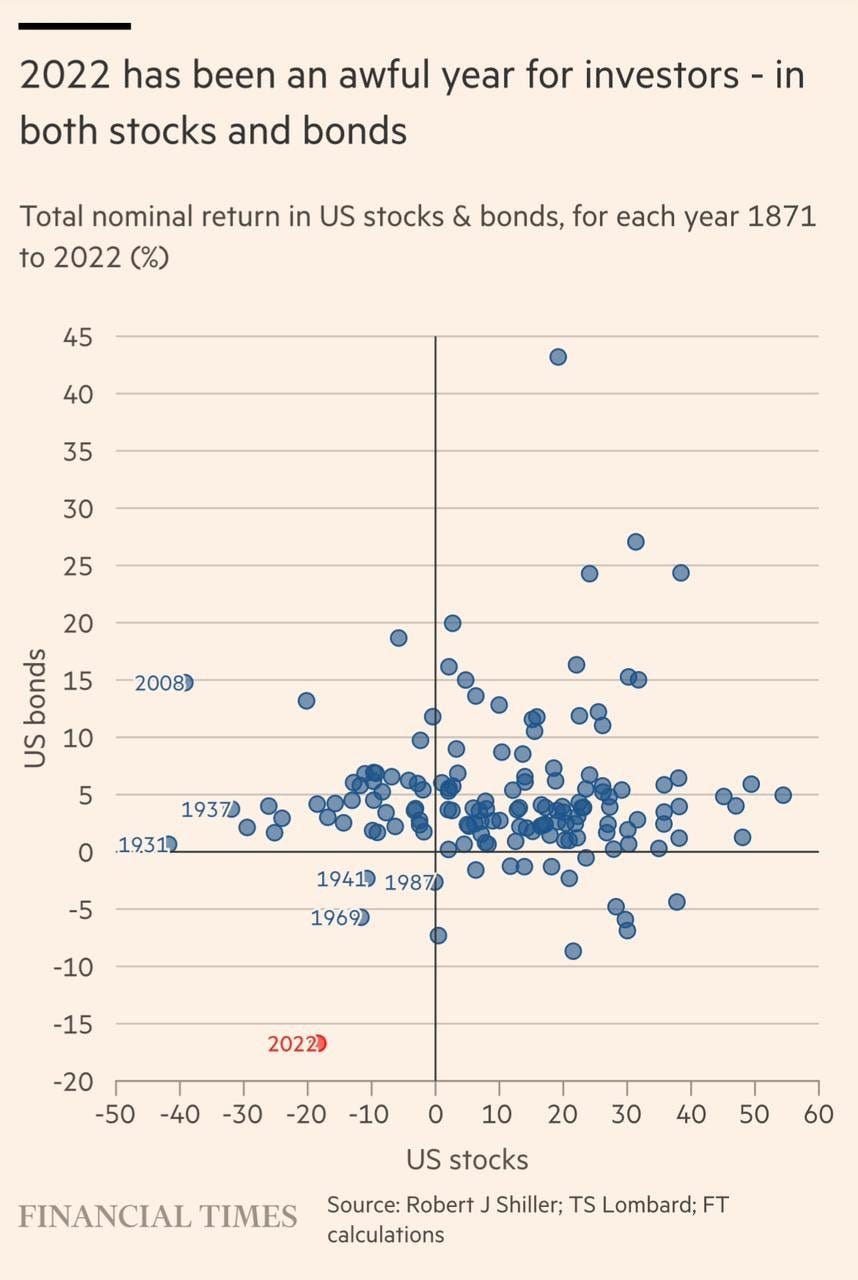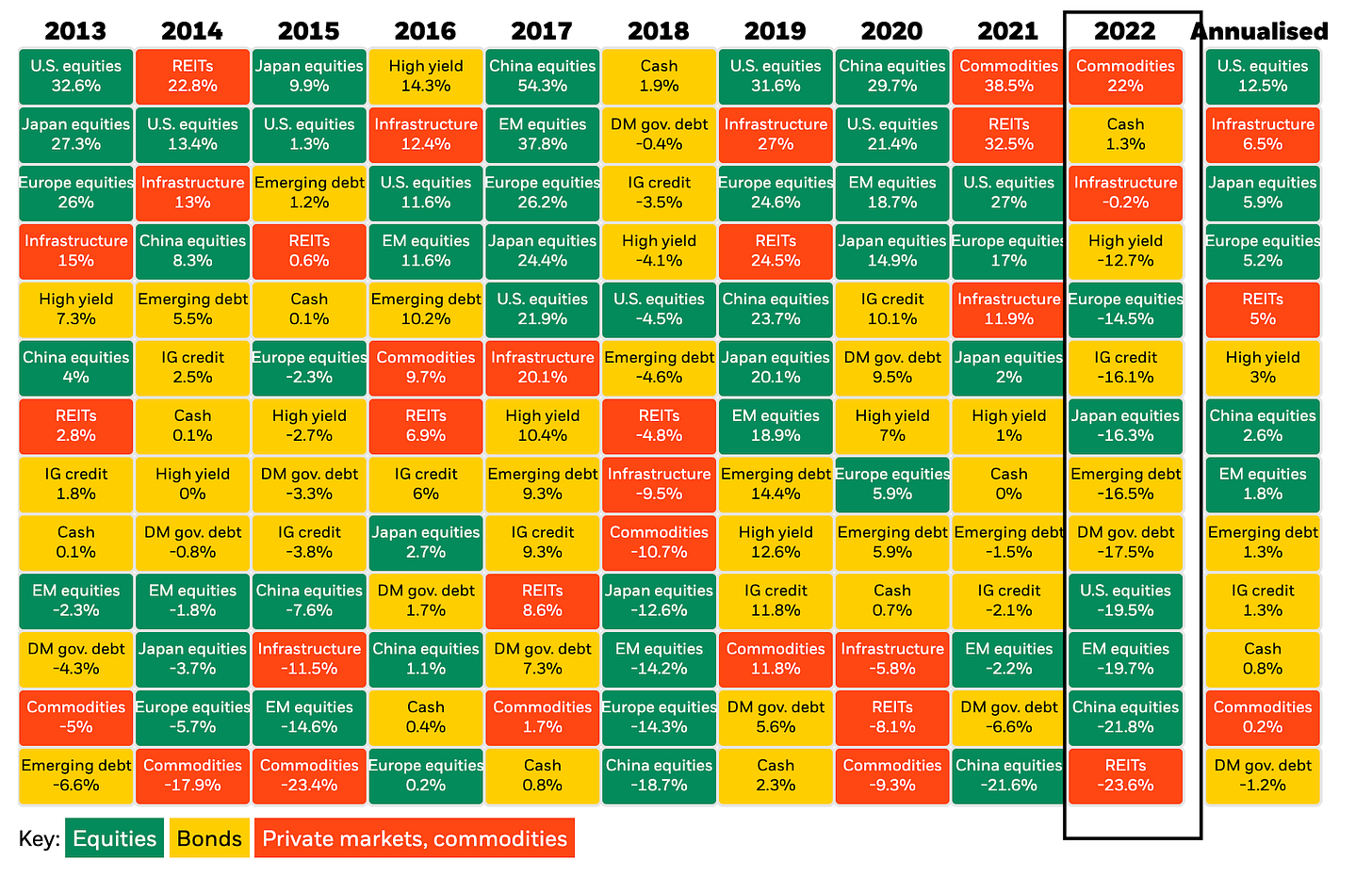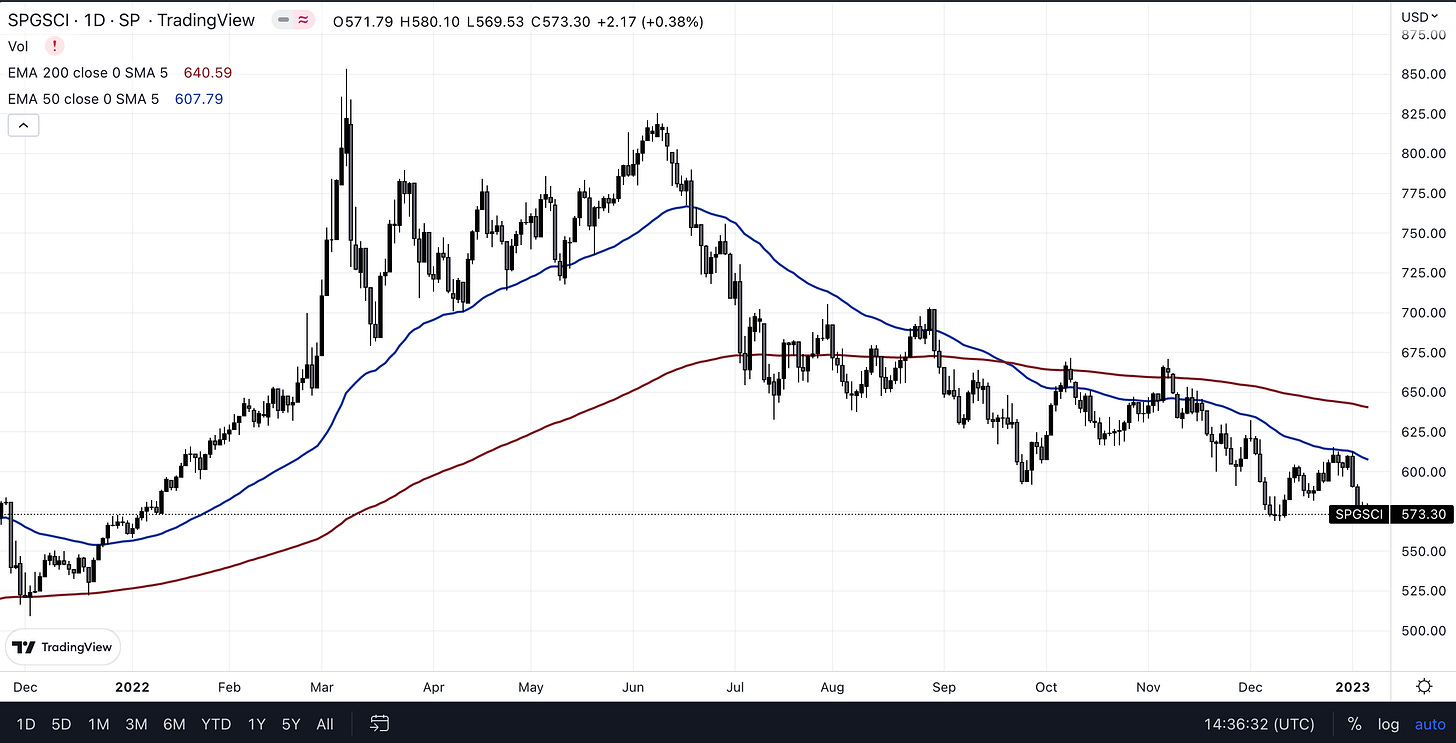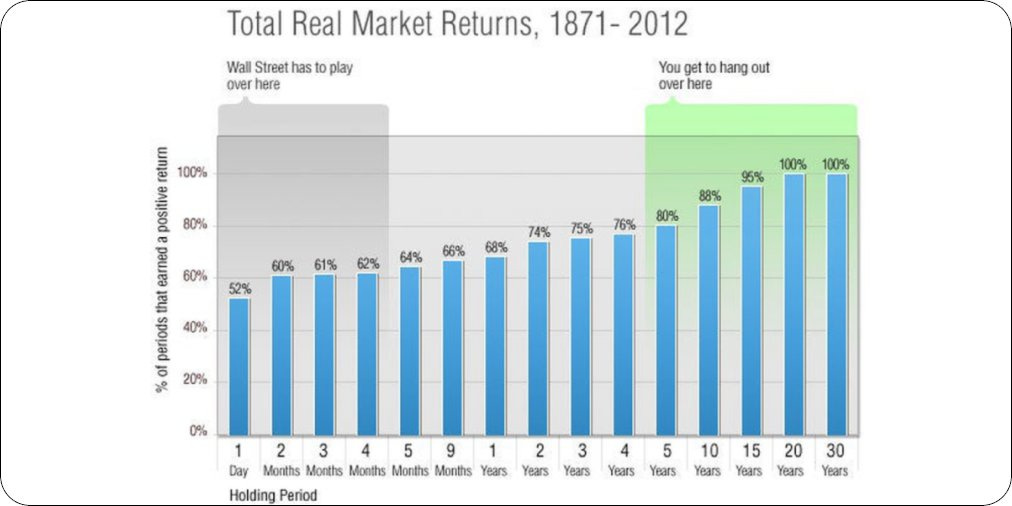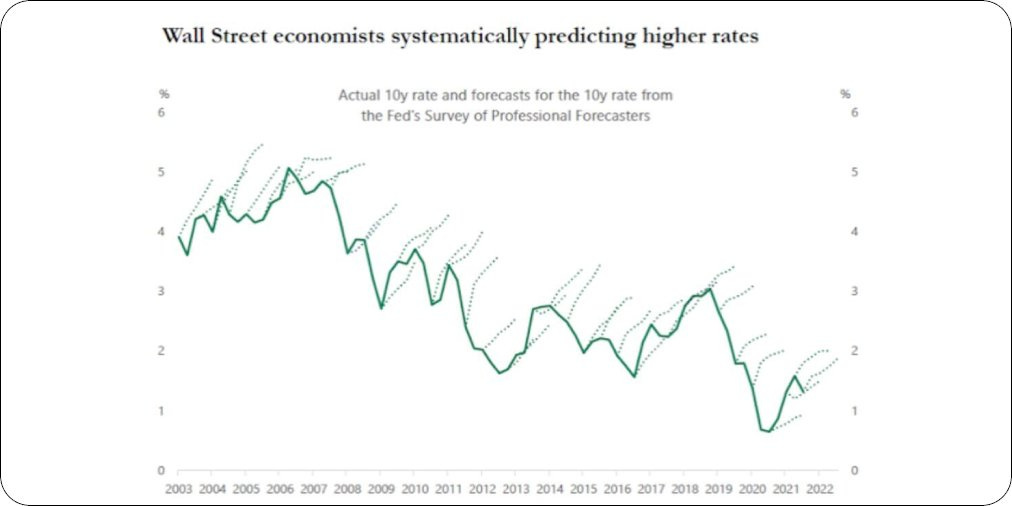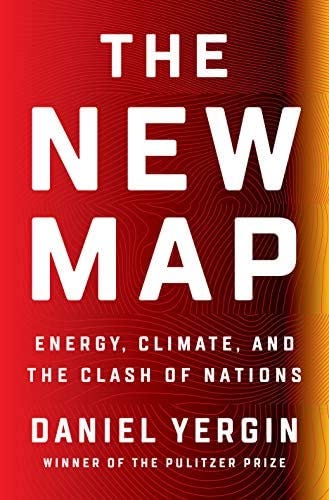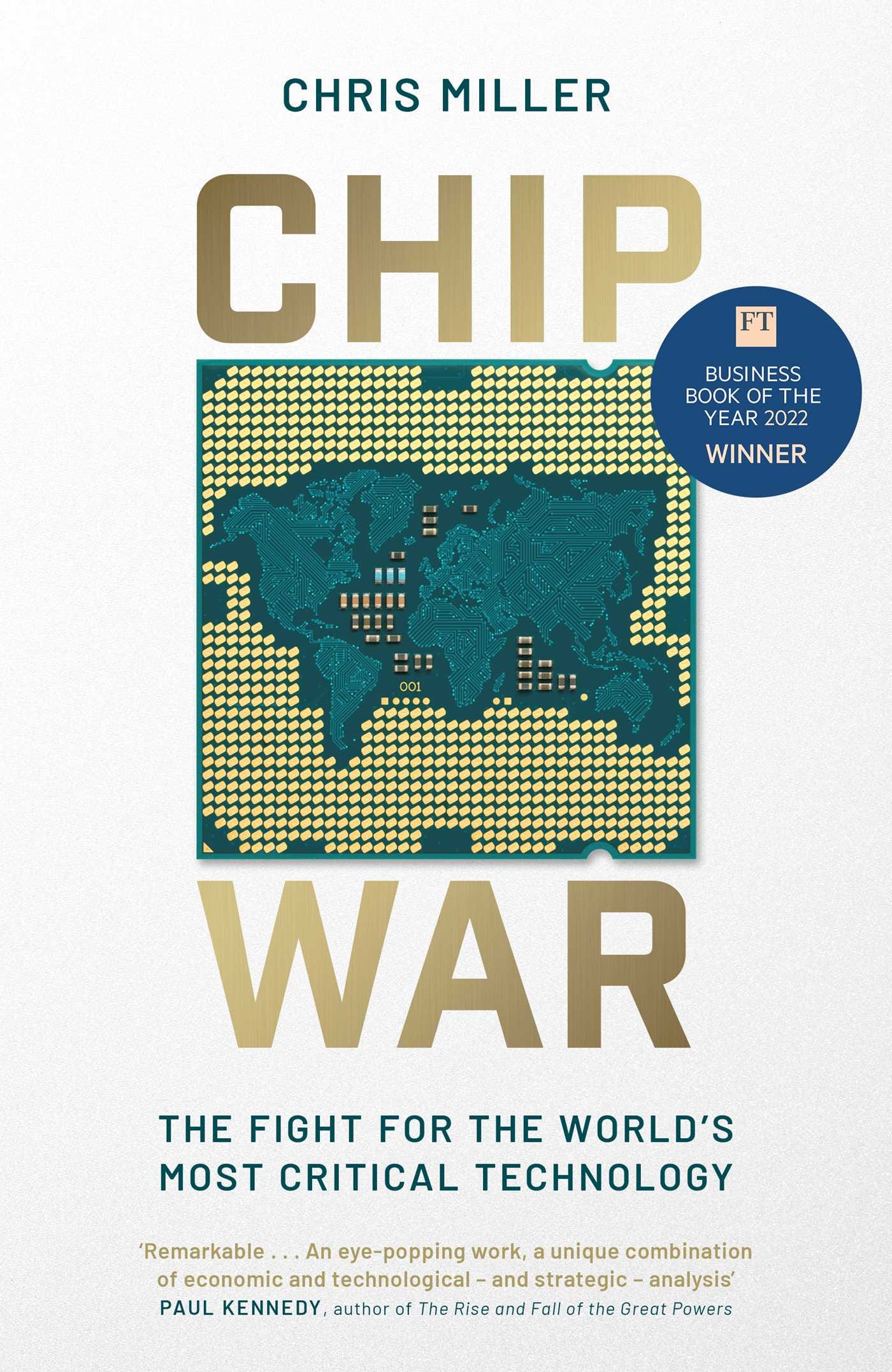Housekeeping
Like always, it goes without saying that what I write in these posts is not financial advice. Also, the opinions here are solely my own and they don’t represent the views of any company I might be affiliated with at the time of writing.
2022
What a wild streak of years we’re on:
2020 saw the start of a global pandemic that shut down the world;
2021 was a frenzy of re-opening and speculation in financial markets;
2022 brought the return of war to Europe and of inflation worldwide.
Something tells me that 50 years from now we’ll be looking back at this period and recognize it as pivotal in shaping the subsequent decades.
Few graphs can describe last year in investing better than this one👇🏽
Basically, it doesn’t matter whether you owned stocks or bonds, you probably got fucked. Quite unusual, considering one of the main allure of bonds as an asset class is the supposed diversification benefits it provides during stressful times. Terrible pill to swallow after more than a decade of low interest rates offering bonds investors meager returns.
Looking at a table with broader returns by asset class, it’s clear that there were few winners during 2022👇🏽
Even if you invested in commodities, 2022 was an incredibly volatile year divided in two halves. The first one saw an incredibly sharp rise in global commodity prices, particularly wheat and oil, due to Russia’s invasion of Ukraine. The second half of the year saw a rough pullback that probably caught punters with their pants down. Brutal. It seems people’s favorite hobby is extrapolating current trends indefinitely into the future.
Certainly, a number of forecasters and investors predicted a market tumble, citing overvaluation concerns, inflation, hawkish central banks, and the possibility of increased geopolitical uncertainty. As it happens, their predictions turned out to be correct, and I’m sure they’ll make sure to enjoy the fruits of their ability for many years to come. But, the problem with forecasters is that it’s hard to keep a proper track record of their ability since they’re always loud about their wins, but their duds tend to be swept under the rug. At least when it pertains to Wall Street, their track record is wobbly.

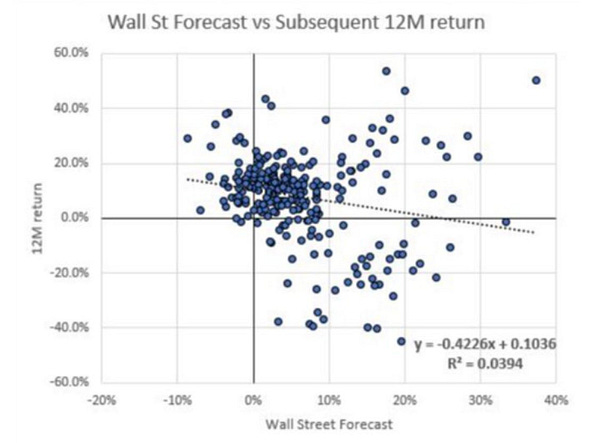
If you throw enough things at the wall, eventually something is going to stick. Such an approach makes sense for those who are dependent on traffic and the illusion of insight to make a buck. They just religiously direct everyone’s attention to whatever stuck.
One thing I can wholeheartedly recommend to individual investors is to ignore market prognostications and avoid trying to time the market based on “professional” short-term forecasts. Don’t be the person that misses the forest for the trees. Over the long-term, what matters are the fundamentals of what you buy and the price you paid.
Nick Sleep put it best in a recent letter:
“… in our opinion, the distinction between good and bad is often synonymous with a long-term or short-term orientation: long-term good, short-term bad.
Illustrated👇🏽
So while yearly predictions might attract eyeballs (and hopefuls hoping to make a quick buck), they’re terrible distractions from what truly matters. When most market players are focused on the next month, quarter or year, those investors with a long-term orientation can capture the discrepancies between price and fundamentals that arise. A year is only the time it takes for the Earth to go around the Sun, as Terry Smith often says. There’s no reason for investment returns to follow any kind of predictable patterns based on planetary movements.
Macro
“If you’ve spent 13 minutes a year on economics, you’ve wasted 10.” - Peter Lynch
Financial markets are like one giant puzzle, if puzzles had thousands of moving variables requiring understanding of a multitude of different disciplines. There’s something incredibly intellectually stimulating about thinking about the world’s big trends and problems, making sense of the puzzle, and trying to profit from it. Economic numbers, central bank policies, election results, geopolitics, pandemics, wars, etc. The constant influx of data can be intoxicating. The temptation to try to trade, or to invest, based on these factors can be tough to resist. Especially when the “experts” that publish their analysis tend to be incredibly adept at sounding like the smartest guys in the room.
It’s undeniable that the macro environment is a pivotal factor for any investment. Whatever stocks, bonds, real estate, and crypto prices will do in the decades ahead is heavily dependent on GDP growth, inflation and interest rates. Macro is extremely important. The problem is that it’s not knowable, and the key to succeed in investing is to focus on factors that are both important and knowable.
Daniel Gladiš, the portfolio manager in charge of the Czech Vltava Fund, put it best in his latest letter to shareholders:
“Macro forecasts have such enormous dispersion that they are practically worthless. They tend to induce short-term thinking and, above all, they say nothing about where stock markets will go in the near term. In fact, markets usually react to events in advance, whereas most macro data looks backwards and, moreover, with a certain lag.”
Analysts on Wall Street have no idea where interest rates will go (is it really surprising?). Not even the folks at the Federal Reserve know where interest rates are going to end up in 2023.
Assuming you’re a wunderkind that is able to accurately predict what the economy is going to do this year or the next, then there’s the issue of predicting the market’s reaction. Markets are dynamic and forward-looking, so first-level thinking is not gonna do you any good. It’s a tough game.


So, do yourself a favor and focus on what you can know. Macro trading, or even trying to constantly adjust your portfolio to the macro environment, will most likely be a waste of time that will cost you dearly.
What I’m Focusing on in 2023
Compounding Learning
Just as interest or investment returns compound, so does learning. I will continue to absorb as much knowledge as I can and, little by little, broaden my circle of competence. Learning about interesting characters, businesses, industries, technologies, etc. is a great way to build up a knowledge base to identify good investment opportunities.
While I pointed out the pitfalls of macro forecasts and basing investment decisions on them above, that doesn’t mean that some long-term macro trends are not important. Two long-term trends I see being relevant throughout the next decades are the strategic importance of semiconductors and energy independence. In the past year I read a couple of great books that do a fantastic job at explaining these two trends.
I’ve already recommended The New Map before, but it’s a fantastic book, so I don’t mind doing so again. Daniel Yergin does a brilliant job of explaining the geography and geopolitics that drive the development of energy markets worldwide.
My most recent read is Chip War, a captivating piece of work on the history and geopolitics of the semiconductor industry. Easy to read and a good introduction to semiconductors. Highly recommend you pick it up.
Writing
I’ve been meditating a lot about where I would like to take this newsletter during 2023. Writing continues to be an activity that provides tons of value for me. I hope the same is true for the readers. So, apart from continuing to give updates on my portfolio and my rationale for buying/selling different investments, I will start publishing posts about specific securities. I still need to give some thought to the structure, but I will aim to keep it simple. I also don’t foresee that every security I write about will be one I’m buying. I wouldn’t want to commit to buy something every month. I tend to focus my writing on things I find interesting, so that will also be the criteria for the securities I choose. These write ups will definitely not be investment recommendations, but I still expect them to provide valuable insights for you. We’ll see how it goes!
Thank you for reading! Hope you found the article insightful and that 2023 is a great year for you!


